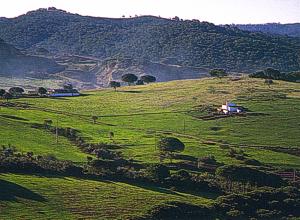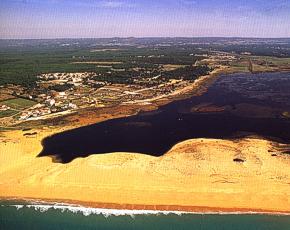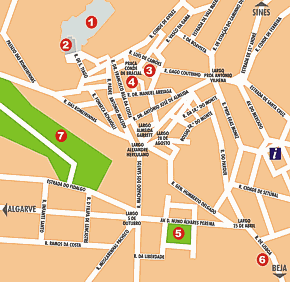|
Alentejo |
| Portugal > Tourism > Alentejo > Santiago do Cacém | |
| This land is a blend of maritime coast, pine forest and Alentejan inspiration. It is the country's second biggest municipality and its highest elevation is to be found in the Cercal hills at a height of 346 meters. From here one can see the vastness of the sea to the West. Those travelling in this region who are interested in handicrafts can find chairs and stools made of wood and wicker at São Bartolomeu da Serra and at São Domingos da Serra, saddlery at Santiago do Cacém and at Cercal do Alentejo, ceramics at Santo André and Ermidas Sado and woodwork and cork at Cercal do Alentejo. |
|
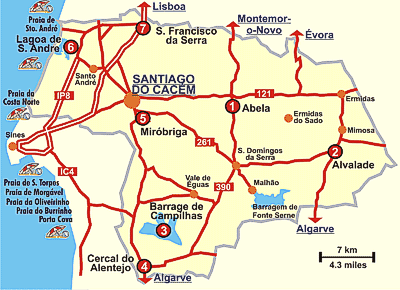 |
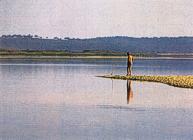 |
|
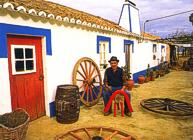 |
|
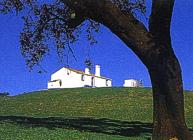 |
| History |
|
Excavations at Castelo Velho (Old Castle) on a hill to the east of the present city, date human occupation of the region to pre-historic times. The settlement, dating from the late Neolithic, was fortified by the Celts (3rd and 2nd centuries BC) and subsequently Romanised. Under Roman occupation, Miróbriga grew up as an agricultural and livestock centre, complete with its spas, and its importance can be seen, for example, in its large hippodrome used for training and horse racing. Following the Germanic invasions of the 5th century the region lost importance, and the Moors built a new castle on a hill opposite that they called Cacém, probably in honour of an alcalde or sheriff. The Knights Templar took the fortress from the Moors in 1157, though they were to retake it and hold on to it until 1217, when Christians took it for good. King Afonso II confirmed his father's donation of the town to the Order of the Espatários or Gladiators. |
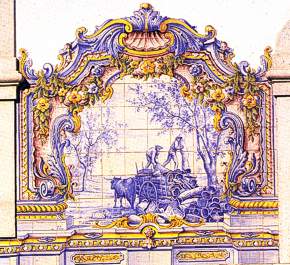 |
|
| Between 1310 and 1336 the castle was in the hands of queen Saint Isabel's lady-in-waiting and friend, the Byzantine princess Vetácia. It was then handed over to the Order of Santiago until 1594, when Filipe II donated it to the dukes of Aveiro who held on to it until 1759 when it passed into the hands of the Crown. King Manuel granted a charter to Santiago do Cacém in 1510. |
| Places of Interest |
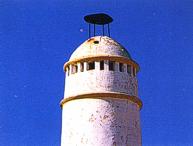 |
|
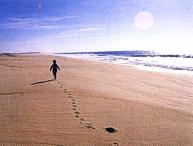 |
|
 |
| Visiting the City of Santiago do Cacém |
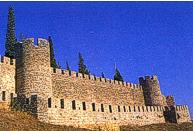 |
|
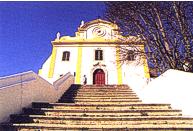 |
|
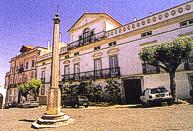 |
| Gastronomy |
|
Local cooking is a fortunate combination of Alentejan traditions and of coastal produce. The fish stew and the eel stew, the game dishes, the pork and fried bread gaps, the Alentejan bread and coriander soup complete with its poached egg, and the cheese are just some of the dishes to be found in the region. As far as sweets are concerned, don't miss the alcomonias, those delicious cakes made using pine kernels, flour and honey. The wines from the Conquerors and Cebolal estates are notable |
 |
|
| Festivals |
|
St. Mary's festival at Ermidas do Sado |
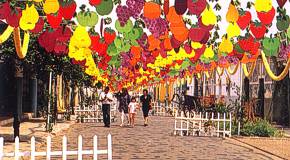 |
|
| Fair of the Monte - Santiago do
Cacém - 1st weekend of September. Santiagro Agricultural and Livestock Fair - last weekend of May. St. Peters Fair - Cereal do Alentejo - June 29th - 30th. New Fair - Cereal do Alentejo - 3rd Sunday of September. All Saints fair - Cereal do Alentejo - November 1st . Abela - July 25th and 2nd Sunday of October. Alvalade - 4th Sunday of April and July. Santo André Village - November 30th and December 1st. São Domingos da Serra - last Sunday of May and penultimate Sunday of August. |
||
| Portugal > Tourism > Alentejo > Santiago do Cacém | |
|
Santiago
do Cacém |
